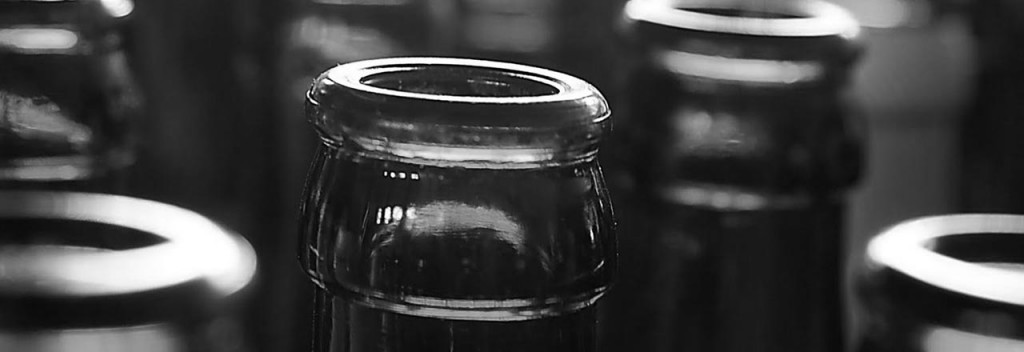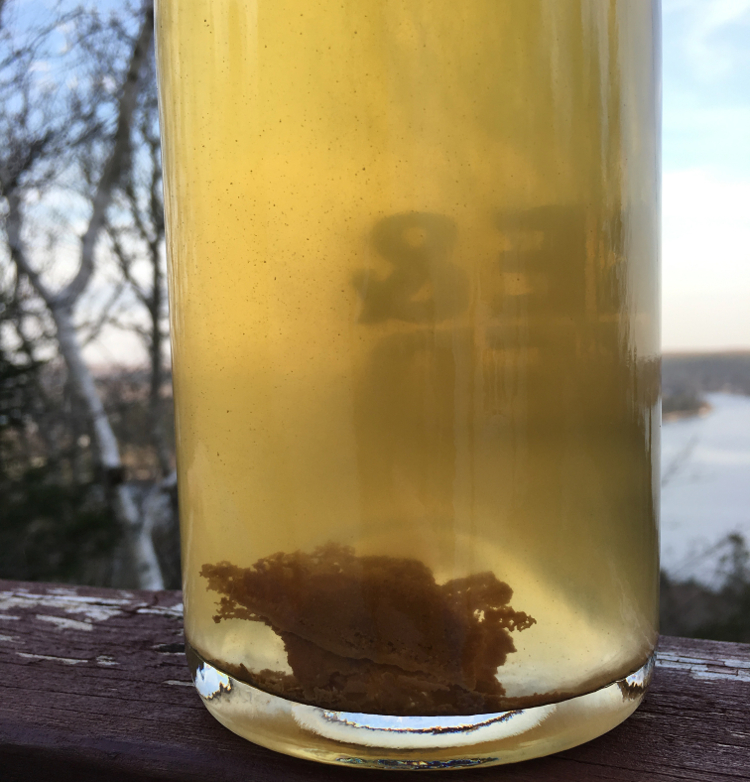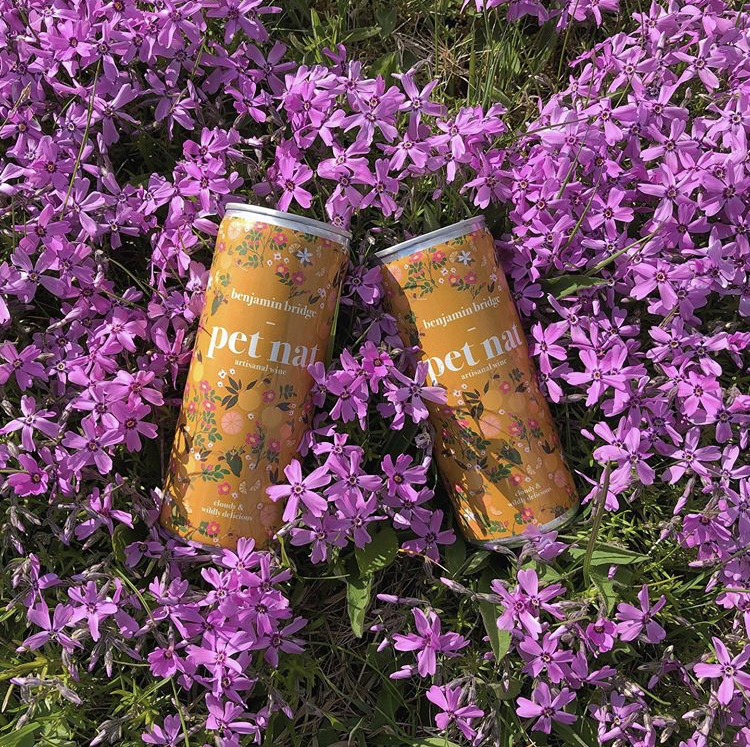Pet-What? You’ve likely noticed a lot of talk about Pet-Nat lately and you may be wondering- What is it? What does it mean? And, how is Lucas going to relate it to beer? Well, let’s dive in.
Pet Nat is short for Pétillant Naturel, and it’s actually a lot older than most wine styles- including Champagne! There are two main differences between Pet-Nat and Champagne: First, Pet-Nat can be made in any region, with a wide array of grape varietals-unlike Champagne. Second, where Champagne is fermented completely dry (or close to it) and then put in bottle with priming sugar and yeast to re-ferment, Pet-Nat is actually taken from the tank before primary fermentation has finished. This means the partially fermented, unfiltered wine is then put directly into the bottle and capped with a crown cap to finish out its fermentation in the bottle. Important: all the yeast is left inside. In short, it’s quicker and a little more “rustic” than Champagne. You get more funk and gunk, but not as much depth and structure.
Pet-Nat wines are usually farmed organically and biodynamically – meaning there aren’t any industrial yeasts used to ferment, it’s all open fermentation, and not a lot of filtering going on. So, sometimes you’ll get extra airborne yeasts and bacteria in your wine creating some interesting aromas and flavours that you might not find in conventional wines. Wild yeasts like brettanomyces, plus bacteria like pediococcus and lactobacillus, are among some of the aspects that can give you more earthy, funky, leathery notes, as well as a noticeable tart quality. Things that have been common for centuries with beer.
Photo Credit: Jenny Gammon. Sediment in a bottle of Pet-Nat last summer.
Pet-Nat: Wine for Lovers of Funky Beer
It’s no secret that wine and beer have many common traits, and the current craft beer explosion/exploration has certainly helped bridge the gap even more. We’ve got wineries starting to embrace wild fermentation, unfiltered products, and a more “natural” way of making wine. Similarly, breweries are using wild fermentation and various oak barrels to age and develop flavours, as well as re-fermenting in bottle, and even the blending of multiple barrels together to create new dimensions in beer. We can’t say there aren’t strong connections between the two!
How can we find those styles that truly bridge the gap between wine and beer?
To start, I would look at something like the Benjamin Bridge Pet-Nat, as it employs many of the techniques noted above and it’s also fairly light bodied. For beer, my first inclination is to reach for beer that has some similar flavour profiles. For example, the Lindemans Cuvee Rene, a beer that’s made very similar to Pet-Nat. Or, a beer like Easy from Stillwell Brewing, which uses the brewery’s house yeast cultures that have traces of brettanomyces and pediococcus, giving subtle funky and tart notes. Or try out the Birichino Pet-Nat from California (coming soon!) and the Orval Trappist Ale, both have similar light body, with traces of funk that finish nice and dry.
Most Pet-Nat come in bottles with beer caps on top, sometimes in clear glass to show off how hazy they are. Did you know that NS winery Benjamin Bridge just released the first Pet-Nat in a can in Canada? We’re really excited about this release: a 250ml can of hazy, dry, funky wine – not something you would have expected a few years ago! Fun question: do you think that just few years ago you’d want to try a wine that someone calls “carbonated, hazy, and funky”? Some people would, but I also bet a lot wouldn’t have been interested. I think, in some ways, that expanding beer styles have made people more accepting of a hazy drink, a funky drink, or a drink in a can.
Either way, I’m just happy more products like this are coming out, and that there seems to be an unquenchable thirst for them!
Photo credit: Benjamin Bridge Winery



